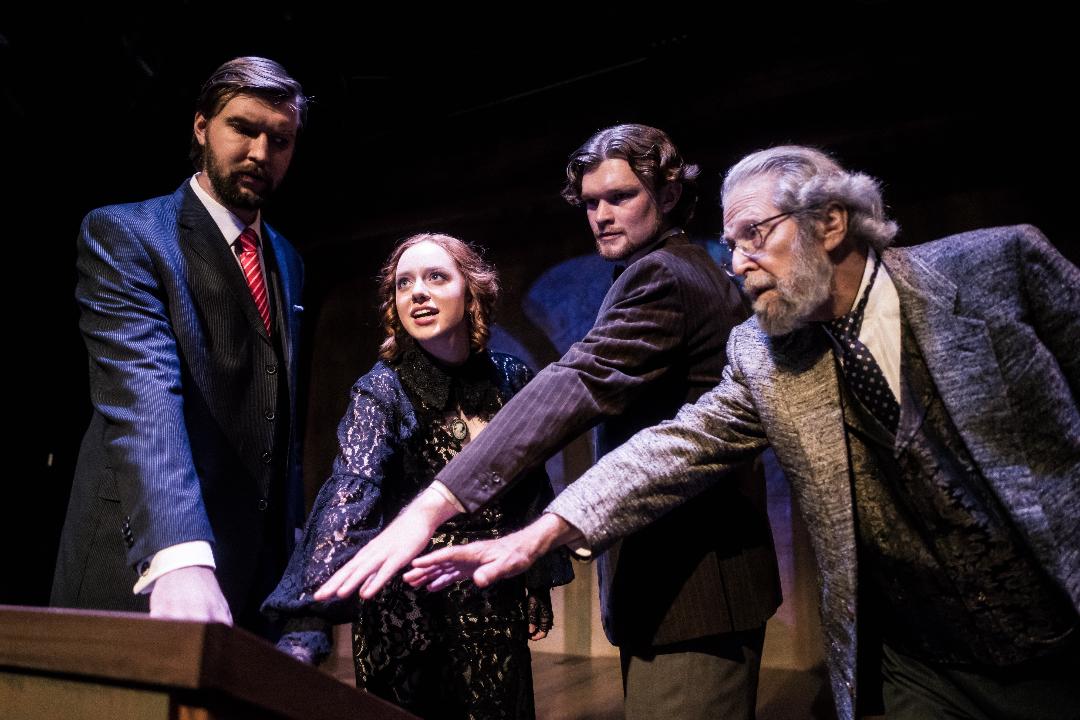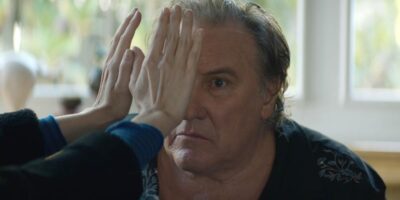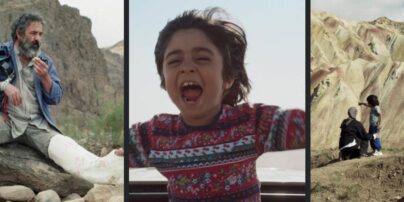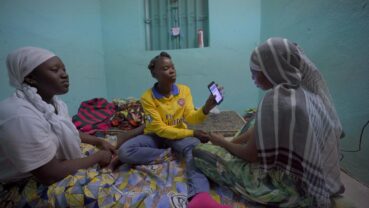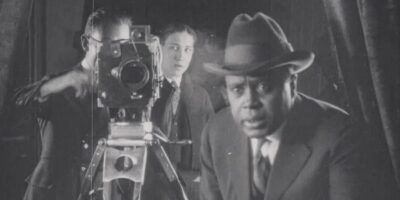
Recommend
The world premiere of “Neighborhood Watch” written by Rehana Lew Mirza and directed by Kaiser Ahmed at Jackalope Theatre is a humorous look at what can happen when curiosity leads to suspicion.
Self-described ultra-liberal Boomer, Paul (Frank Nall), finds it is much easier to be nonjudgmental in an abstract sense. Things change when brown skinned Pakistani Muslim, Mo Rizvi (Harsh Gagoomal) moves in next door.
Fed by the naturally suspicious nature of his conservative leaning neighbor Shawn (Victor Holstein), the two conspire to learn more about Mo, setting out on an absurd quest worthy of Lucy and Ethel in an “I Love Lucy” episode.
Frank’s Gen-Z daughter, Becca (Jaime Herb), recently graduated from college and not yet gainfully employed, is living at home with her widowed father. When Becca meets Mo the two are immediately smitten and quickly enter into a romantic relationship, which of course, heightens the urgency of Paul and Shawn to learn more.
Things take a twist when Mo’s “cousin” Javed (Omar Bader) appears, deepening the intrigue and complicating the plot.
There is a lot to enjoy in this sitcom style production that relies heavily on broad humor and predictable stereotypes. What it lacks is nuance, subtlety and any semblance of believability. But in a nonthreatening way it does encourage us to consider what can often be rather high and mighty positions on social matters until they affect us personally.
Mirza has a good premise but the resolution is somewhat rushed and unsatisfying. Using stereotypical characters is fine but I am disappointed that there turns out to be some justification for the aspersions cast onto the Muslim characters. Whether the details are warranted or not, this becomes an issue because it is easy for some people to walk away saying, “See I told you so.” In my view, Mirza had two good ideas that deserve attention but maybe not combined into the same play.
The faux grass carpeted set design of Tianxuan Chen screams suburbia while the array of lawn signs and variety of Frank’s political t-shirts assembled by costume designer Delena Bradley informs us of the character’s political and ideological leanings. I appreciate when the non-verbal elements of the production support the storyline and actually help to advance the plot.
Gagoomal as Mo, feels like a friendly laid-back guy you’d be happy to have as a neighbor and Herb’s portrayal of Becca’s relationship with him and also with her father were very natural and sincere.
As the overzealous father, Nall is requisitely dead-pan when he puts the wrong foot forward in an effort to be accommodating. Holstein as sleuthing neighbor Shawn, holds nothing back verging on slapstick. When Bader arrives as Javid he interjects an alternative mysterious vibe that makes his agreeable nature appear suspect.
I must make an unusual mention of the impressive printed program. More than just the quality of the paper stock, the cover design featuring a photo of the actual cast members is incorporated in a montage that mimics a semi-realistic impression of the set design rendered into a stylized graphic evocative of the production. Nicely done. However I could not find a reference to the photographer or the graphic designer.
Details: “Neighborhood Watch” is at Jackalope Theatre in the Broadway Armory Park, 5917 N. Broadway St., Chicago, through June 28, 2025. Running time: 2 hours plus ten-minute intermission. Tickets and information at JackalopeTheatre.org or call/text the box office at (773) 340-2543.
Reviewer: Reno Lovison





